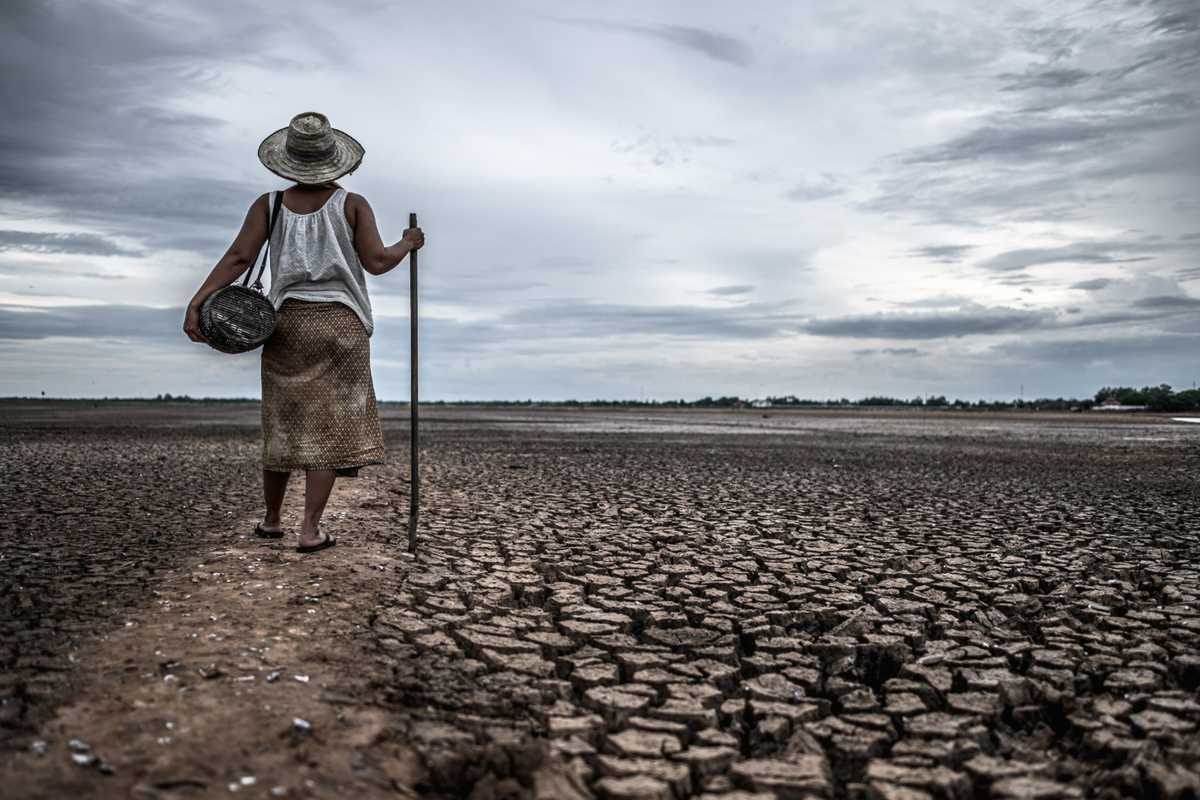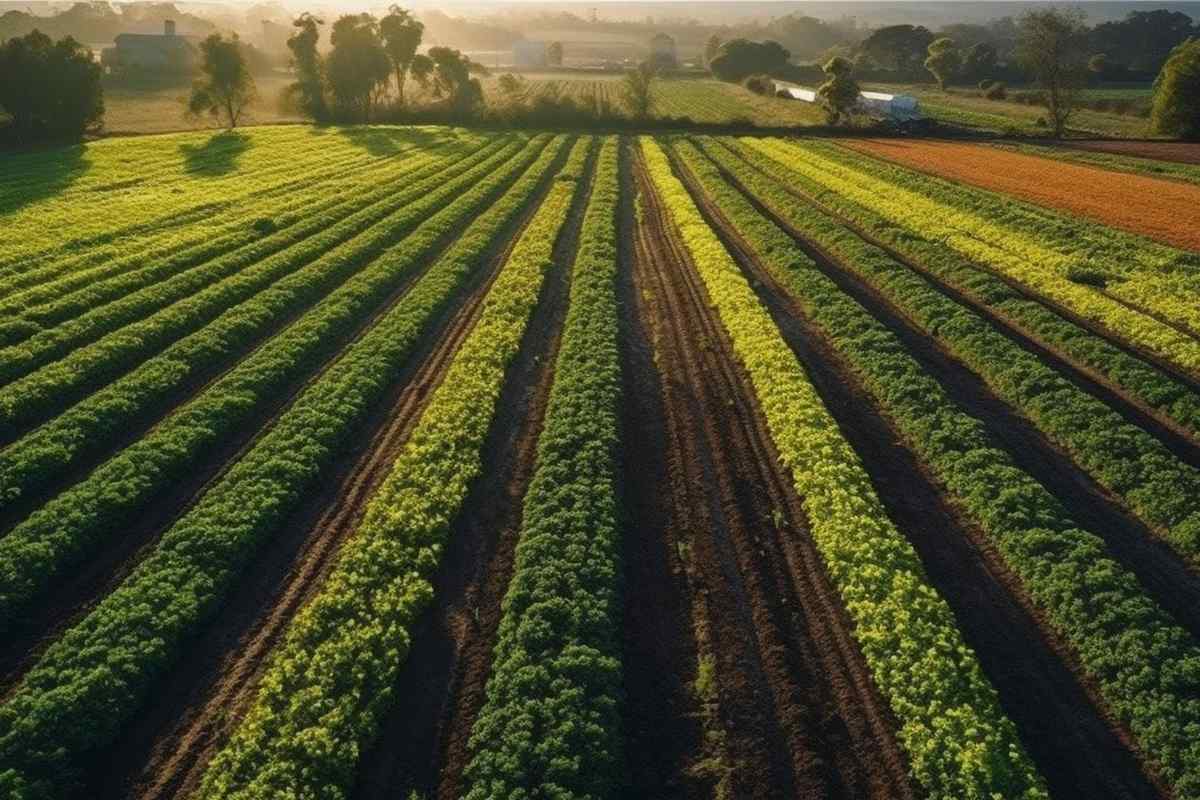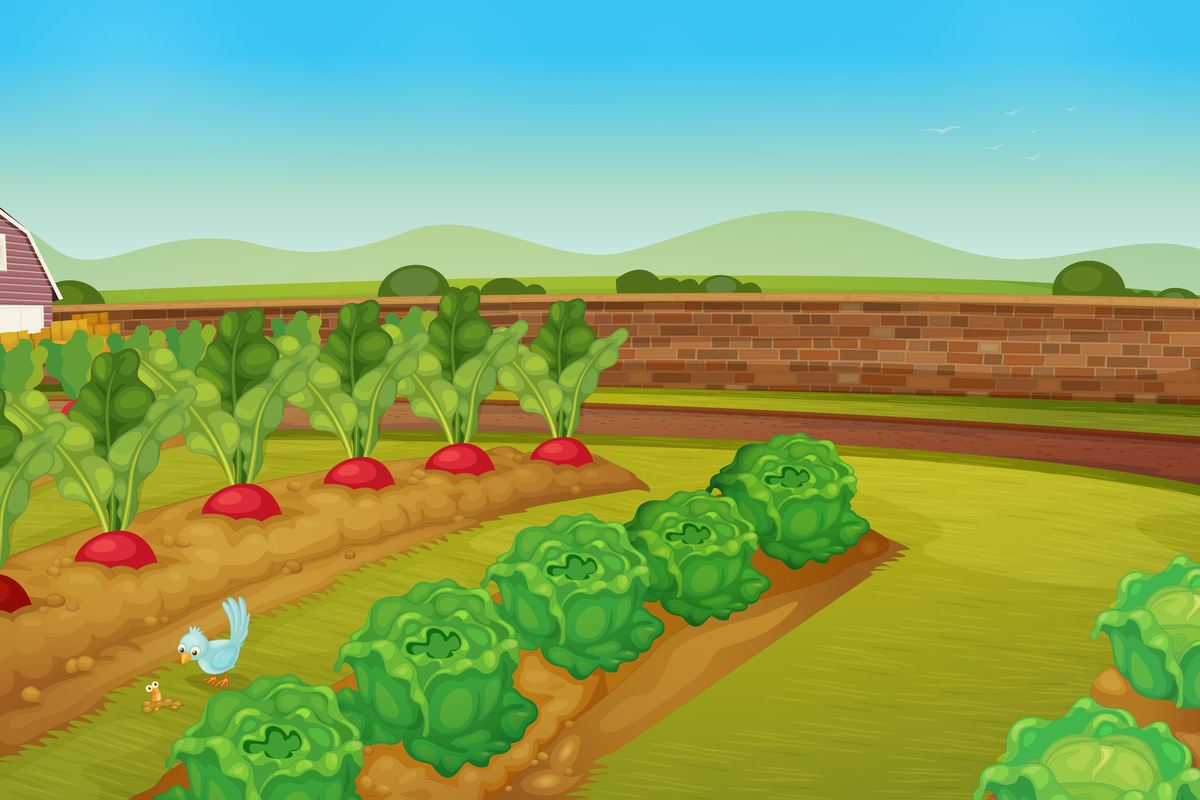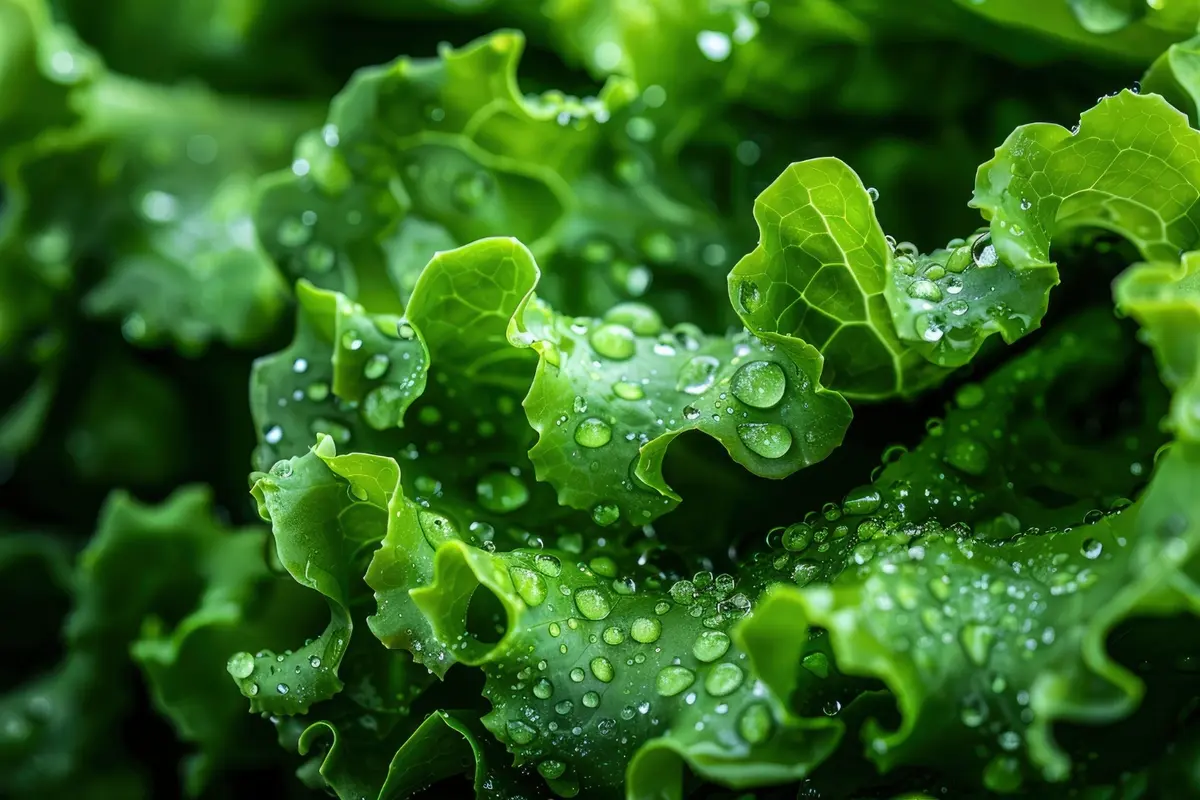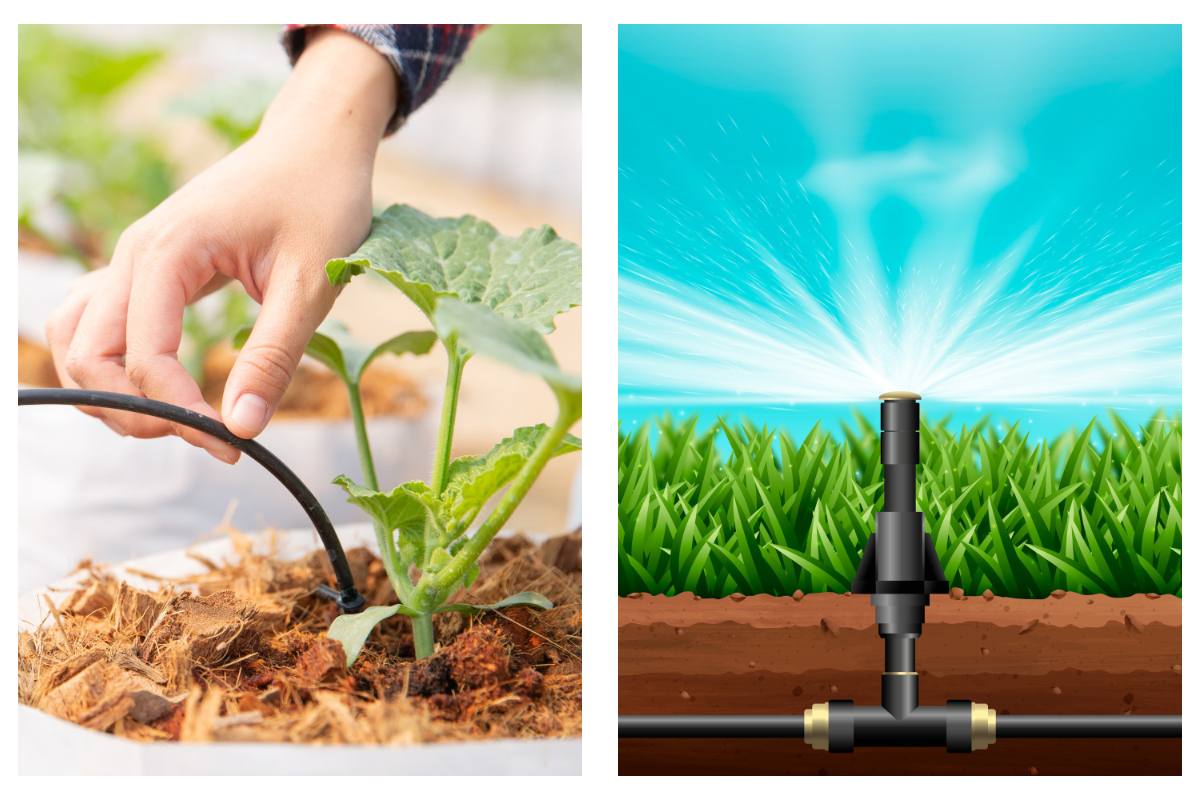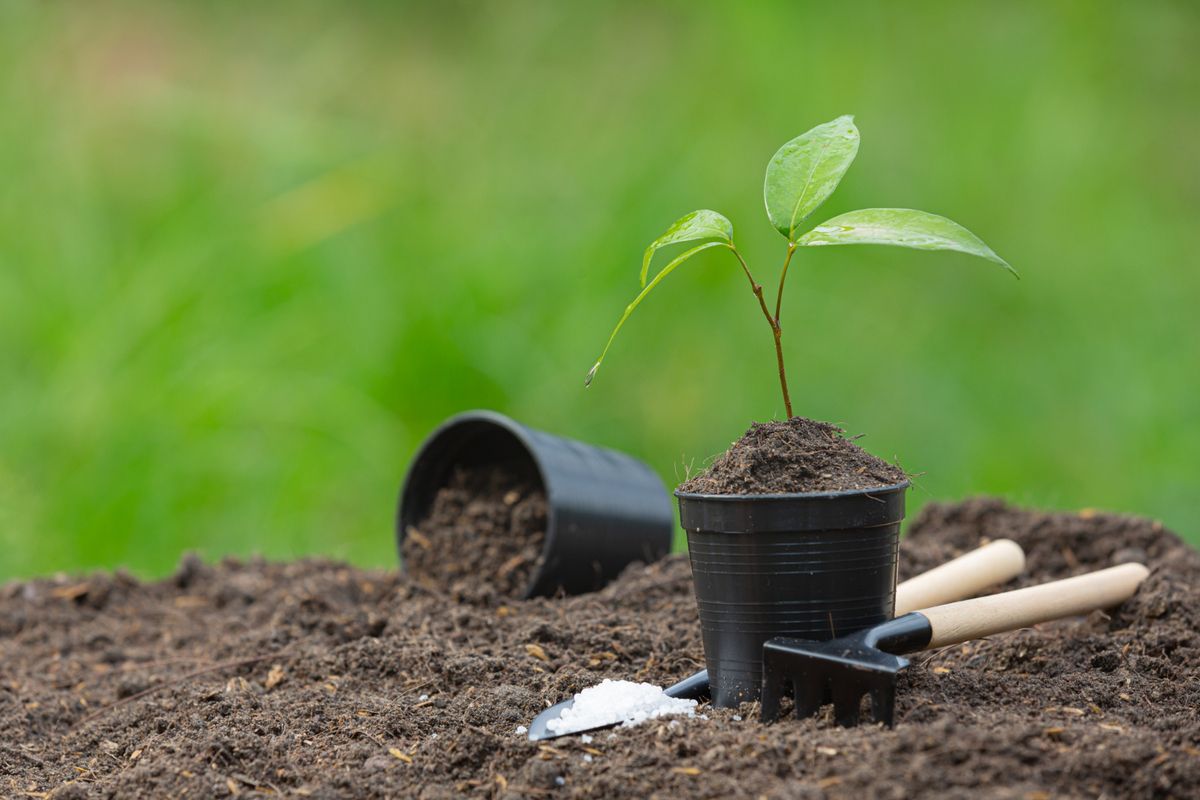Rainfed agriculture and dryland agriculture are two types of farming that depend on natural rainfall instead of irrigation, but they have some key differences in climate and water availability. Rainfed agriculture encompasses all farming that relies on rainfall, which can be found in both humid and semi-arid regions. On the other hand, dryland agriculture is focused on farming in arid and semi-arid areas where rainfall is low and unpredictable.
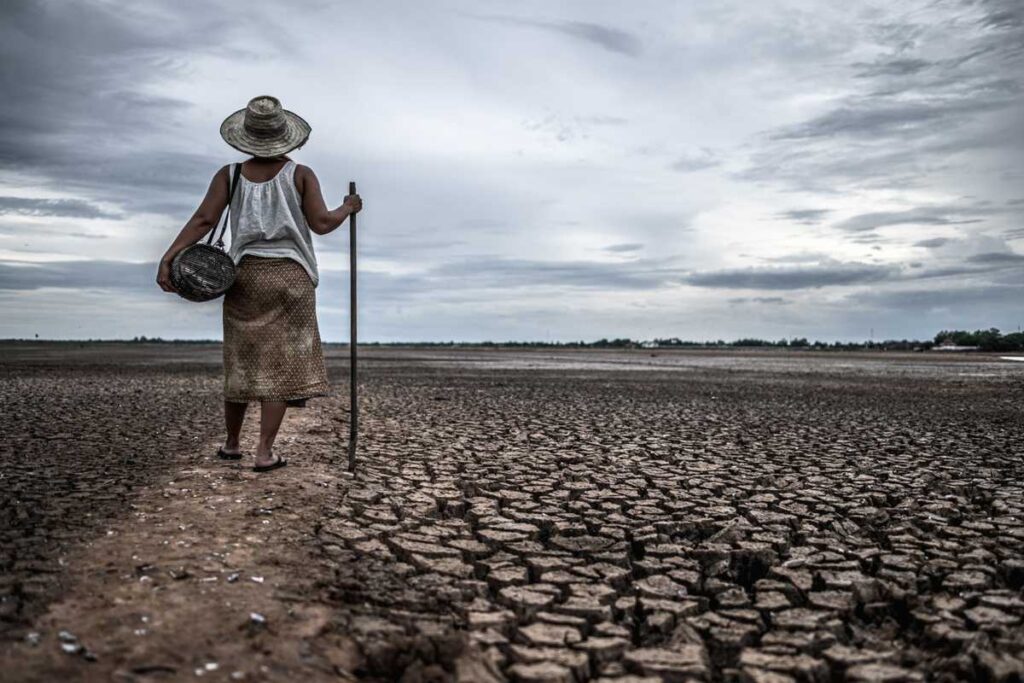
Both farming systems are vulnerable to climate variability, but proper watershed management, agroforestry, and conservation farming practices can enhance soil fertility, water retention, and long-term agricultural sustainability.
Table of Contents
Rainfed Agriculture
Rainfed agriculture is a farming system that relies entirely on natural rainfall for crop growth, without any artificial irrigation. It is the primary source of food production in many regions, especially in arid and semi-arid areas where irrigation infrastructure is limited.
This type of agriculture is cost-effective and environmentally sustainable but highly dependent on rainfall patterns, making it vulnerable to droughts, climate change, and soil erosion. To enhance productivity and resilience, farmers use techniques such as crop diversification, mulching, contour farming, and agroforestry to improve soil moisture retention and reduce water loss.
Advantages of Rainfed Agriculture
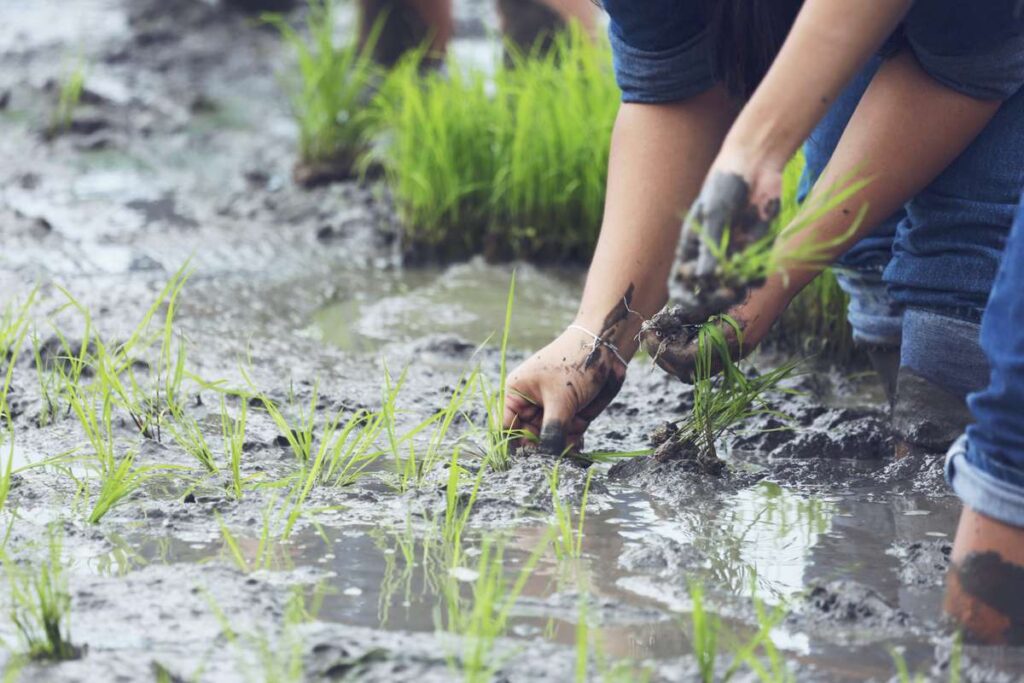
1. Cost-Effective and Low-Investment Farming
One of the biggest advantages of rainfed agriculture is that it requires minimal investment compared to irrigated farming. Since it does not rely on artificial irrigation systems, farmers save on costs related to borewells, pumps, pipelines, and electricity. This makes rainfed farming an accessible and affordable option, especially for small and marginal farmers.
2. Environmentally Sustainable
Rainfed agriculture is considered environmentally friendly because it reduces the over-extraction of groundwater and minimizes the use of artificial irrigation methods that can lead to soil salinization.
3. Less Soil Degradation and Waterlogging Risks
In irrigated agriculture, excessive watering can lead to soil erosion, nutrient leaching, and waterlogging, which negatively affect soil fertility and crop yields. In contrast, rainfed agriculture follows natural rainfall patterns, reducing the risk of overwatering and preventing soil degradation.
4. Reduces Dependency on Irrigation Infrastructure
Many developing regions lack the infrastructure required for large-scale irrigation, making rainfed agriculture the only viable option. By relying on natural rainfall, farmers do not have to depend on expensive irrigation projects, government subsidies, or large-scale water diversion schemes. This independence allows rural farmers to cultivate crops without external financial burdens.
5. Encourages Sustainable Soil Management
Since water availability is limited in rainfed farming, farmers adopt traditional and scientific soil conservation techniques to retain soil moisture. Methods like mulching, crop rotation, cover cropping, and zero tillage improve soil structure, prevent erosion, and enhance fertility. These sustainable practices make rainfed agriculture more resilient in the long run.
6. Supports Rural Livelihoods and Food Security
Rainfed agriculture is the backbone of rural economies in many parts of the world, providing employment and income to millions of smallholder farmers. By cultivating staple food crops such as wheat, maize, and pulses, rainfed farming contributes to local and national food security.
7. Lower Energy Consumption
Irrigated farming requires a significant amount of energy for pumping, distributing, and managing water supplies. In contrast, rainfed agriculture operates without electricity-dependent irrigation systems, reducing the overall energy footprint of food production. This makes it a more energy-efficient and sustainable farming method.
Disadvantages of Rainfed Agriculture
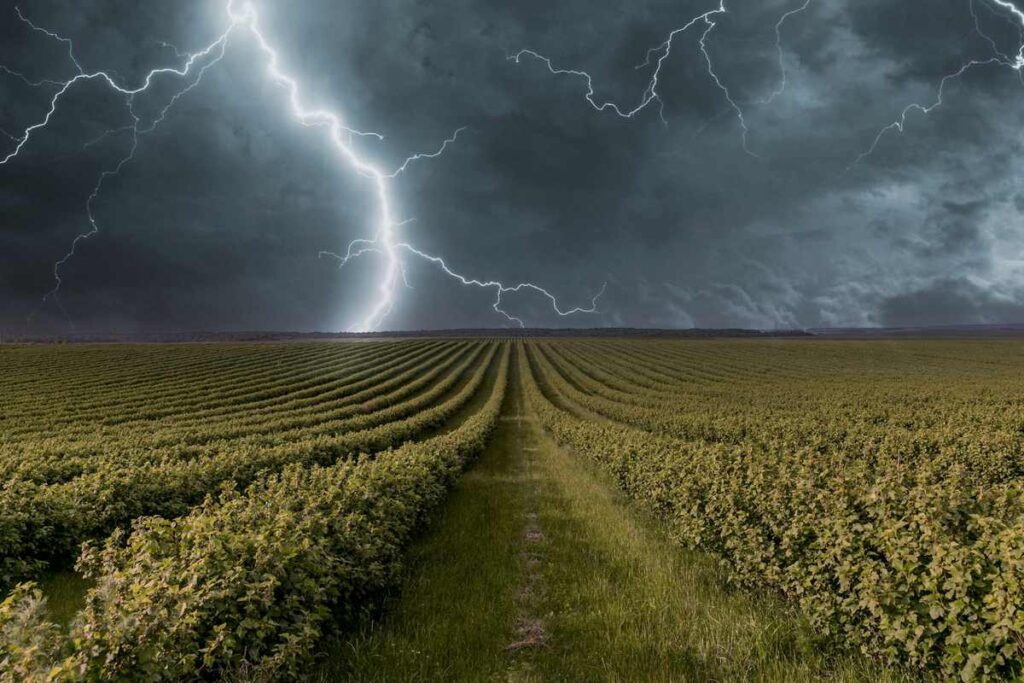
1. Dependence on Rainfall and Climate Variability
Rainfed agriculture is highly dependent on seasonal rainfall, making it unpredictable and risky. Any variation in the amount or timing of rainfall can significantly impact crop growth, leading to reduced yields or complete crop failure. Droughts, erratic rainfall, and prolonged dry spells can severely affect productivity.
2. Increased Risk of Crop Failure
Since there is no supplementary irrigation, crops grown in rainfed conditions are at a higher risk of failure due to inadequate moisture. If rainfall is insufficient or arrives at the wrong stage of crop growth, plants may not develop properly, leading to lower yields or total loss.
3. Soil Erosion and Land Degradation
Heavy rains in rainfed agricultural regions can lead to soil erosion, washing away the topsoil rich in nutrients. On the other hand, dry periods can lead to land degradation and reduced soil fertility. Continuous farming without proper soil conservation measures can result in desertification over time.
4. Low and Unstable Crop Yields
Due to the unpredictable nature of rainfall, crop yields in rainfed agriculture tend to be lower and more inconsistent than in irrigated farming. This affects food production and farmer incomes, making rainfed farming less reliable as a livelihood option.
5. Limited Crop Choices
Farmers practicing rainfed agriculture are often restricted in their choice of crops. They must rely on drought-resistant or short-duration crops such as millets, sorghum, and pulses, which may not always provide high economic returns. More profitable crops like rice and sugarcane require a reliable water supply and are generally unsuitable for rainfed conditions.
6. Higher Pest and Disease Risk
Unpredictable rainfall can create favorable conditions for certain pests and diseases. Excess moisture in some seasons can lead to fungal infections, while prolonged dry conditions may increase pest attacks, further affecting crop yields.
7. Poor Economic Stability for Farmers
Rainfed farmers often face financial instability due to fluctuating yields and incomes. In years of poor rainfall, they may suffer heavy losses, leading to debt and poverty. Without crop insurance or financial support, small-scale farmers in rainfed areas struggle to sustain their livelihoods.
Dryland Agriculture
Dryland agriculture is a farming system practiced in arid and semi-arid regions with low and unpredictable rainfall, typically receiving less than 750 mm of annual precipitation. This farming technique relies on moisture conservation techniques, drought-resistant crops, and soil management strategies to sustain productivity under water-scarce conditions.
Crops such as millets, sorghum, pulses, and oilseeds are commonly grown due to their ability to withstand dry conditions. To keep the soil moist and minimize water loss, farmers often use techniques like deep plowing, mulching, contour farming, and rainwater harvesting.
Advantages of Dryland Agriculture
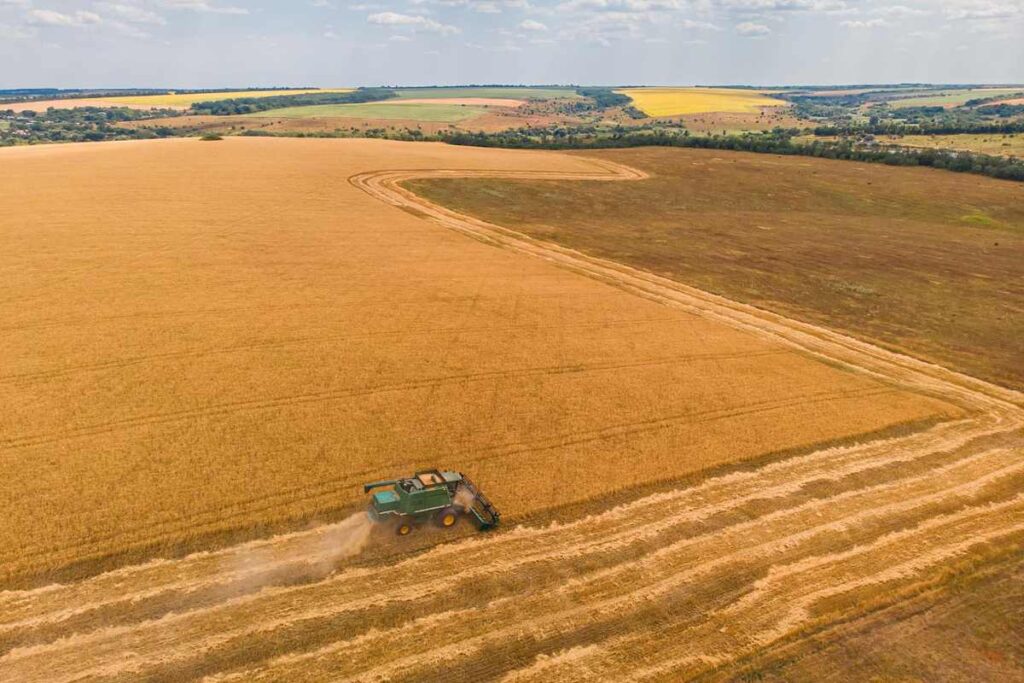
1. Utilization of Marginal Lands
Dryland agriculture makes it possible to cultivate crops in regions with limited water resources. Many arid and semi-arid lands that would otherwise remain barren can be used for farming, contributing to food production and economic development.
2. Cost-Effective Farming System
Since dryland agriculture does not rely on irrigation infrastructure, farmers save on costs related to water pumping, canal construction, and electricity. This makes it an affordable option, particularly for small-scale farmers who lack the resources to invest in irrigation systems.
3. Cultivation of Drought-Resistant Crops
Dryland farming promotes the growth of drought-resistant and hardy crops such as millets, sorghum, pulses, and oilseeds, which can thrive with minimal water. These crops are often rich in nutrients, contributing to a diverse and nutritious diet.
4. Water Conservation and Sustainability
Farmers practicing dryland agriculture often adopt water conservation techniques such as mulching, deep plowing, contour farming, and rainwater harvesting. These methods help retain soil moisture, reduce water loss, and enhance groundwater recharge, promoting long-term sustainability.
5. Reduced Soil Salinity Issues
Unlike irrigated farming, where excessive water use can lead to soil salinity and alkalinity problems, dryland agriculture minimizes the risk of salt accumulation in the soil. This helps maintain soil fertility and supports long-term agricultural productivity.
6. Promotes Agroforestry and Biodiversity
Dryland farming often integrates agroforestry practices, where trees and shrubs are planted alongside crops to provide shade, reduce soil erosion, and improve soil fertility. This encourages biodiversity, supports wildlife habitats, and enhances ecosystem stability.
7. Employment and Livelihood Opportunities
Millions of farmers and rural communities depend on dryland agriculture for their livelihoods. By providing employment opportunities in farming, livestock rearing, and agro-processing, dryland agriculture contributes to rural economic development.
8. Food Security in Arid Regions
Dryland farming plays a crucial role in ensuring food security in regions where irrigation is not possible. By producing staple crops that are well-adapted to dry conditions, it helps sustain local food supplies and reduce dependence on food imports.
Disadvantages of Dryland Agriculture
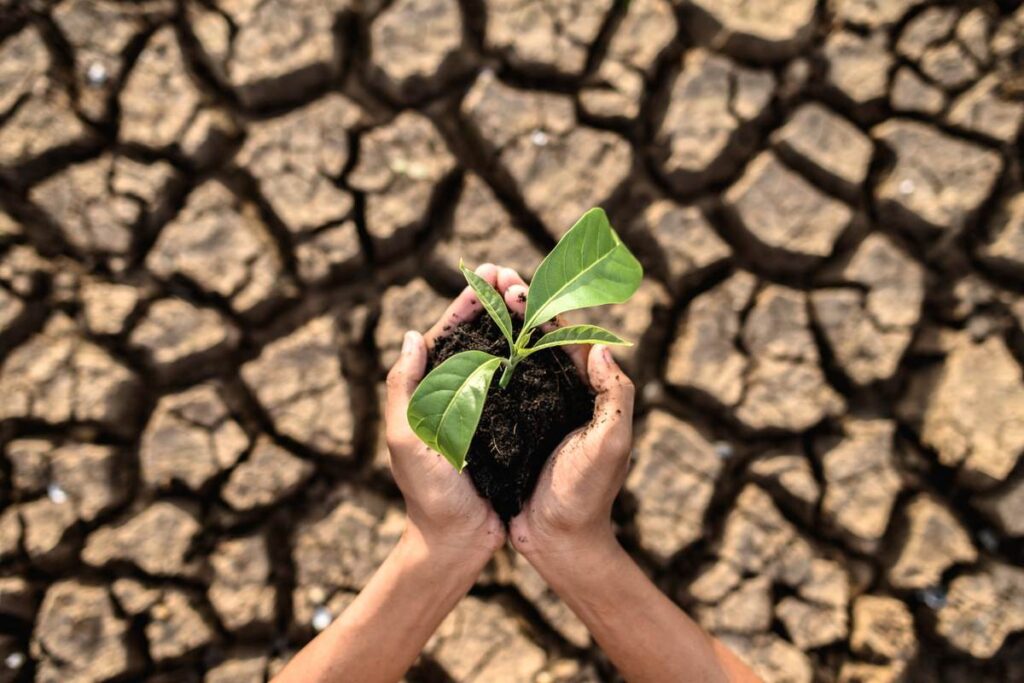
1. Dependence on Rainfall and High Risk of Crop Failure
Dryland agriculture relies entirely on natural rainfall, making it highly vulnerable to unpredictable weather patterns. Droughts, delayed monsoons, or insufficient rainfall can lead to severe moisture stress, reducing crop yields or causing total crop failure. This unpredictability makes farming a risky livelihood in dryland areas.
2. Low and Unstable Crop Yields
Due to limited water availability, crops grown in dryland farming systems often have lower yields compared to irrigated agriculture. Additionally, fluctuations in rainfall patterns cause inconsistent production, making it difficult for farmers to plan for stable incomes and food security.
3. Soil Erosion and Degradation
Dryland regions are highly prone to soil erosion due to wind and water. Sparse vegetation and low organic matter in the soil make it more susceptible to being washed away during heavy rains or blown away by strong winds, leading to desertification and land degradation over time.
4. Poor Soil Fertility and Nutrient Deficiency
Lack of adequate moisture reduces soil microbial activity, leading to slower organic matter decomposition and lower soil fertility. Over time, continuous cropping without proper soil conservation practices can result in nutrient depletion, making it difficult to sustain agricultural productivity.
5. Limited Crop Choices
Farmers in dryland regions are restricted in their choice of crops, as only drought-resistant varieties such as millets, sorghum, pulses, and oilseeds can survive in these conditions. While these crops are important for food security, they often have lower market value compared to high-yield cash crops like rice, wheat, and sugarcane, which require more water.
6. High Evaporation and Water Loss
In dryland regions, high temperatures and low humidity result in rapid evaporation of soil moisture. Even when rainfall occurs, much of it is lost due to evaporation before it can be effectively used by crops. Without water conservation techniques, moisture retention becomes a major challenge for sustaining crop growth.
7. Increased Risk of Pest and Disease Outbreaks
Drought-stressed crops are more susceptible to pests and diseases. Prolonged dry conditions weaken plant health, making them more vulnerable to attacks from insects like locusts and diseases such as rust and mildew, further reducing yields.
8. Poor Economic Stability for Farmers
Due to the high risk of crop failure and fluctuating yields, dryland farmers often struggle with financial instability. Many depend on subsistence farming, with little surplus for market sales. In years of severe drought, farmers face food shortages, increased debt, and poverty.
Conclusion
Rainfed agriculture and dryland agriculture are essential farming systems that sustain millions of farmers worldwide, particularly in regions with limited water availability. While both depend on natural rainfall, dryland agriculture is practiced in arid and semi-arid areas where water scarcity is more severe, requiring specialized techniques for moisture conservation and drought-resistant crops. Despite their advantages, such as lower input costs and environmental sustainability, these systems face significant challenges, including unpredictable rainfall, soil degradation, low yields, and vulnerability to climate change. To enhance productivity and resilience, farmers must adopt sustainable practices like water harvesting, agroforestry, soil conservation, and climate-smart agriculture. Additionally, government support, improved infrastructure, and research-driven innovations are also crucial in making rainfed and dryland agriculture more viable. With proper management and adaptation strategies, these farming systems can contribute to food security, rural livelihoods, and environmental sustainability.

